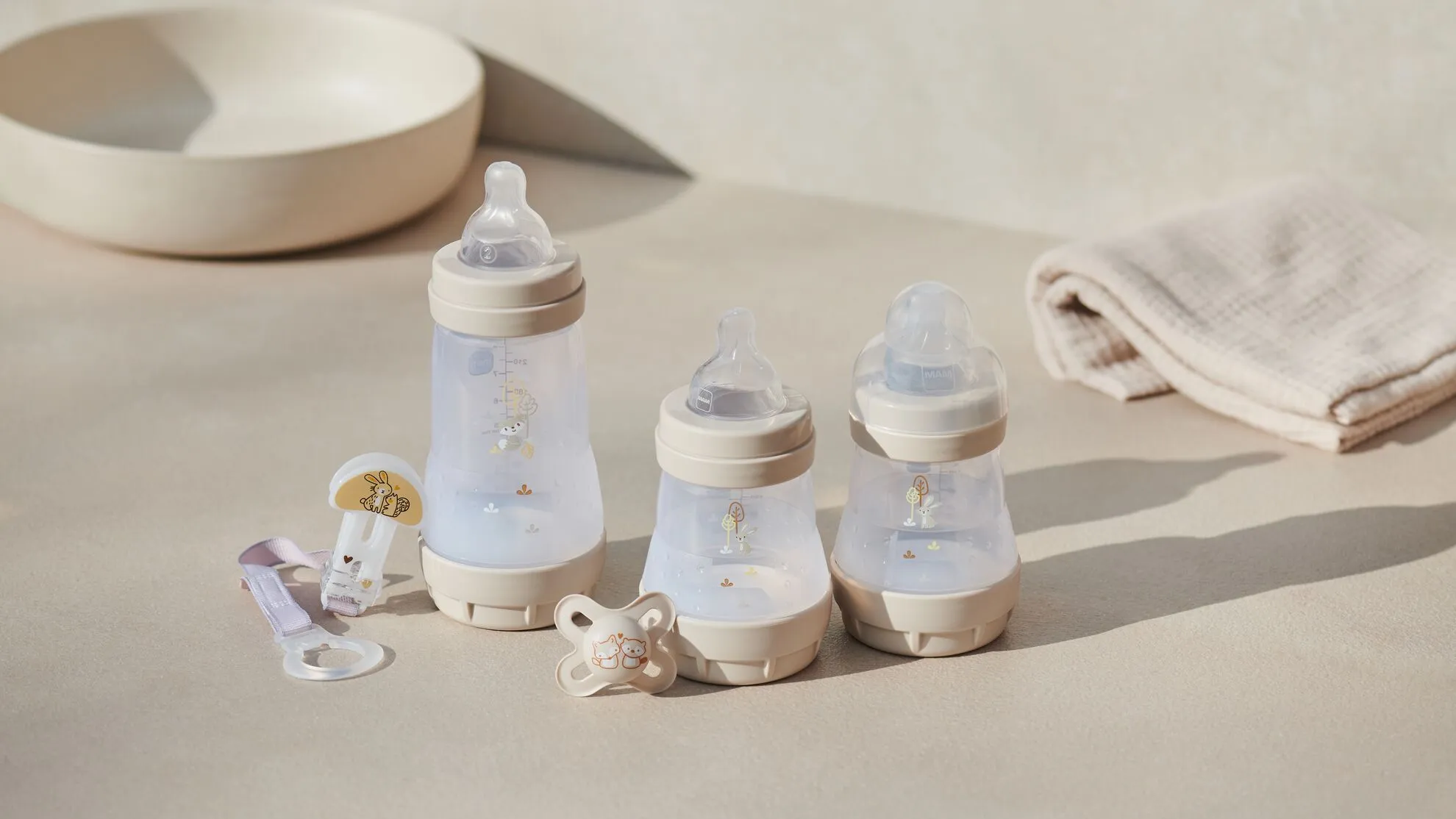Sudden infant death syndrome (SIDS) is a cause of concern for most parents, with many parents wondering “how to prevent sids ” . Various different preventive measures are recommended around the world. MAM-expert Professor Karl Zwiauer, head of the Clinical Department of Pediatrics at the University Hospital St. Pölten (Austria) and member of the Nutrition Committee of the Austrian Society of Pediatrics and Adolescent Medicine, explains just how important breastfeeding can be in reducing the risk of SIDS.
Why does breastfeeding help prevent SIDS?
"Breastfed babies wake up easier, because the wake-up threshold is lower – this may be a disadvantage for parents, because babies tend to wake up more often, but it is something very positive for the children," explains Professor Karl Zwiauer. This reduces the risk of dangerous respiratory arrest, as often occurs in the case of sudden infant death syndrome. In addition, breastfeeding children often sleep in the room with their parents. It is safest to keep baby in a separate bed or co-sleeper bed, but certainly close to or in the same room as the parents.
How much does breastfeeding help against SIDS?
It has been known for some time that breastfeeding reduces the risk of SIDS. This is confirmed by the following research data:
After approx. 2 months the protective effect of breastfeeding sets in and lowers the risk of SIDS by 50%! Breastfeeding for a period of over 4 months enhances this effect. The good news is, switching between breastfeeding and bottle reduces the risk just as much as exclusively breastfeeding.
If you’re still wondering what other steps you can take and how to avoid sids, the following additional measures help against SIDS:
- Putting baby to sleep on his or her back
- A safe sleeping environment (firm mattress, no padding or cuddly toys in the bed, 16°-20°C room temperature, baby sleeping bag instead of blanket, baby's own cot)
- Parents refraining from alcohol consumption
- Parents avoiding taking drugs or sleeping pills
- Parents refraining from smoking cigarettes
- Putting baby to sleep with a soother
Breastfeeding basics
"If possible, babies should breastfeed exclusively for six months," advises Professor Zwiauer. Breast milk is the best food for the baby during the early months of life. Breastfeeding not only prevents SIDS, but also ensures that the child gets plenty of physical contact with his or her mother.
However, correct breastfeeding must be learned, because an incorrect latch often leads to sore nipples. Pregnant women should prepare for breastfeeding prior to giving birth. For this purpose, it is advisable to attend an antenatal course or seek breastfeeding advice from your Midwife or Health Visitor.
A tip from MAM expert Professor Karl Zwiauer: "After the birth, it can be helpful to attend an family centers or health visiting clinics or to join a breastfeeding group if you experience difficulties breastfeeding. They offer help with breastfeeding problems, good tips from experienced lactation consultants, and a chance to exchange experiences with other mothers in the same situation."

During the first few days of life, the baby should be latched on as often as possible to accustom the breast to breastfeeding and stimulate milk production. Throughout the breastfeeding period, the baby should decide when it wants to feed.
Mothers often feel that they have too little milk because their baby wants to feed very often. But this is usually not the case: many newborns simply have a pronounced urge to suck, which cannot be satiated by feeding alone. Once breastfeeding has become established, a soother can therefore be a useful addition. Babies can distinguish very well between the breast and a soother and often accept both.
"Breastfeeding reduces the risk of sudden infant death syndrome and promotes physical contact. Breastfeeding and soothers are not contradictory, but are a useful combination in the prevention of SIDS."
(Professor Karl Zwiauer)
However, soothers should never be used to delay or postpone a feed. This could lead to an insufficient quantity of milk being produced. If you are not breastfeeding, you should pay particular attention to age-appropriate foods and adequate physical contact. "Likewise when bottle feeding, the infant should lie as close to the body as possible so that it can feel warmth and your heartbeat," the expert advises to all those who are not breastfeeding.
Photos: Shutterstock
Sources:
Thompson JMD, Tanabe K, Moon RY, Mitchell EA, McGarvey C, Tappin D et al. Duration of breastfeeding and risk of SIDS: an individual participant data meta- analysis. Pediatrics 2017; 140: e20171324.






























